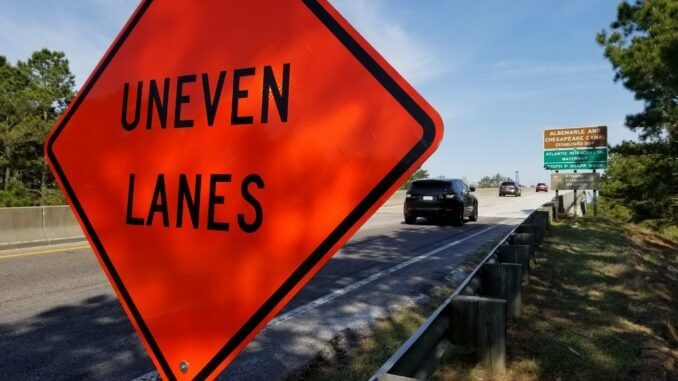Study on the uneven impacts of the pandemic on small landlords and their tenants is off the press

UC Berkeley's Terner Center for Housing Innovation published the results of a national survey that gauges the pain of small landlords and their tenants during the long, dark winter of the pandemic. Our community shouldn't express surprise over its findings but it does validate what we have been saying all along.
There has been a great deal of fear-mongering by tenants' advocates and their allies in the media, with apocalyptic predictions of an eviction cliff and a David versus Goliath narrative of landlords pitted against vulnerable tenants.
In reality, over half of U.S. renters live in small rental properties, most of them owned by non-professional landlords who typically only have one or two properties. We've always maintained that small property owners provide the Bay Area with its largest segment of safe, clean, and affordable rental housing.
[Meet small mom-and-pop Oakland landlords]
The study confirms that small rental properties are less expensive than other rental units on the market. The vast majority of owners are individuals, not large companies, and many of these landlords do not have the financial cushion to absorb months of rent non-payment.
It has been predicted that small-scale, hard-hit landlords who are owed staggering amounts of rent debt would look to sell their properties and this sell-off would threaten affordable housing stock. This premonition has largely come to pass.
The study substantiates the obvious: many mom-and-pop landlords are in a precarious financial position themselves and those who rely on rental income to sustain life or enjoy retirement have had to borrow funds to cover operational shortfalls, including maintenance that must be performed whether or not there is any cash flow.
For more commentary and analysis, download the full paper.
